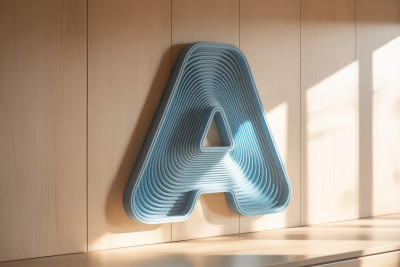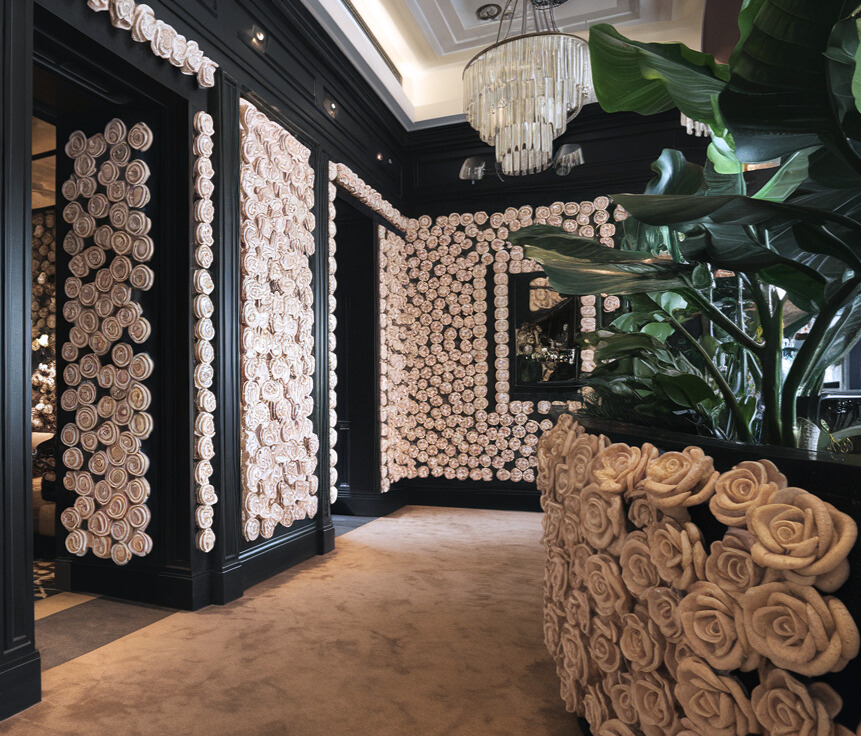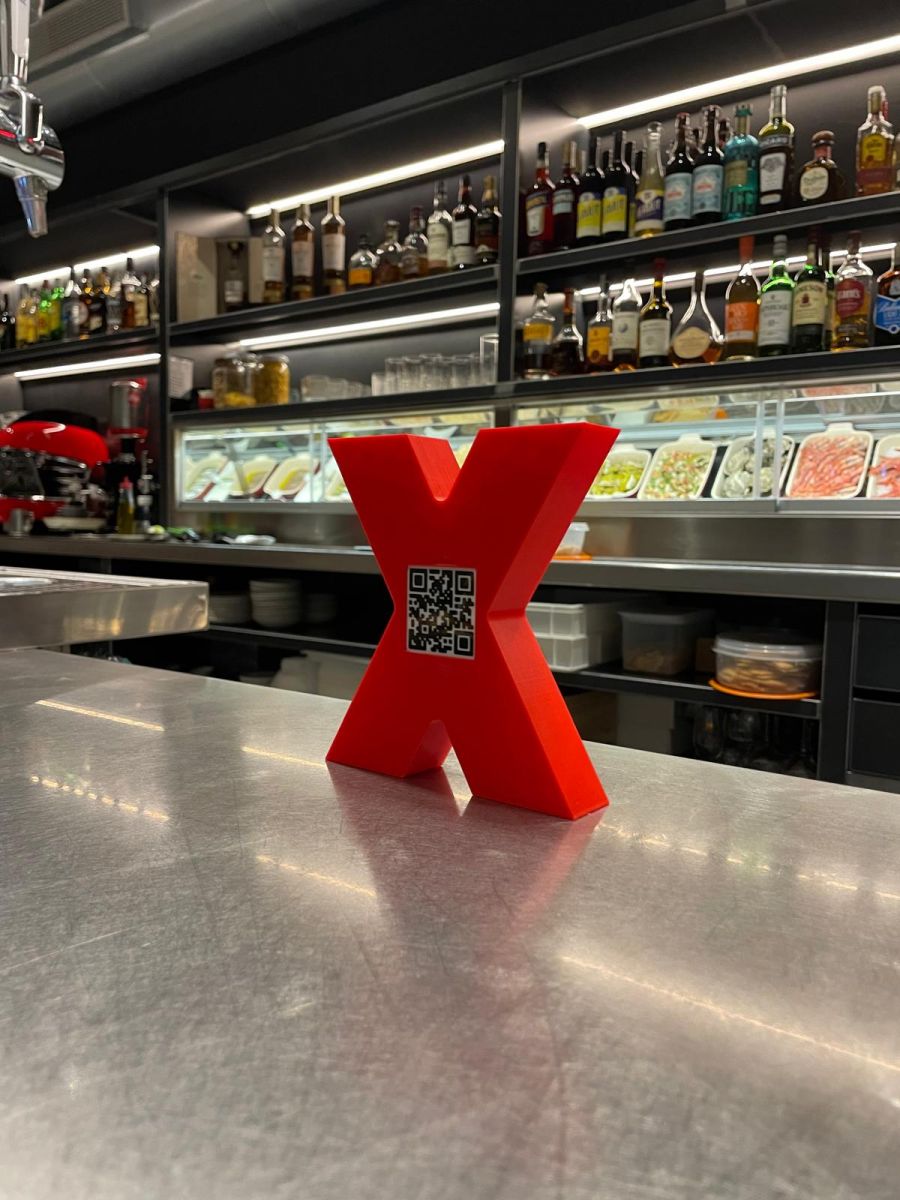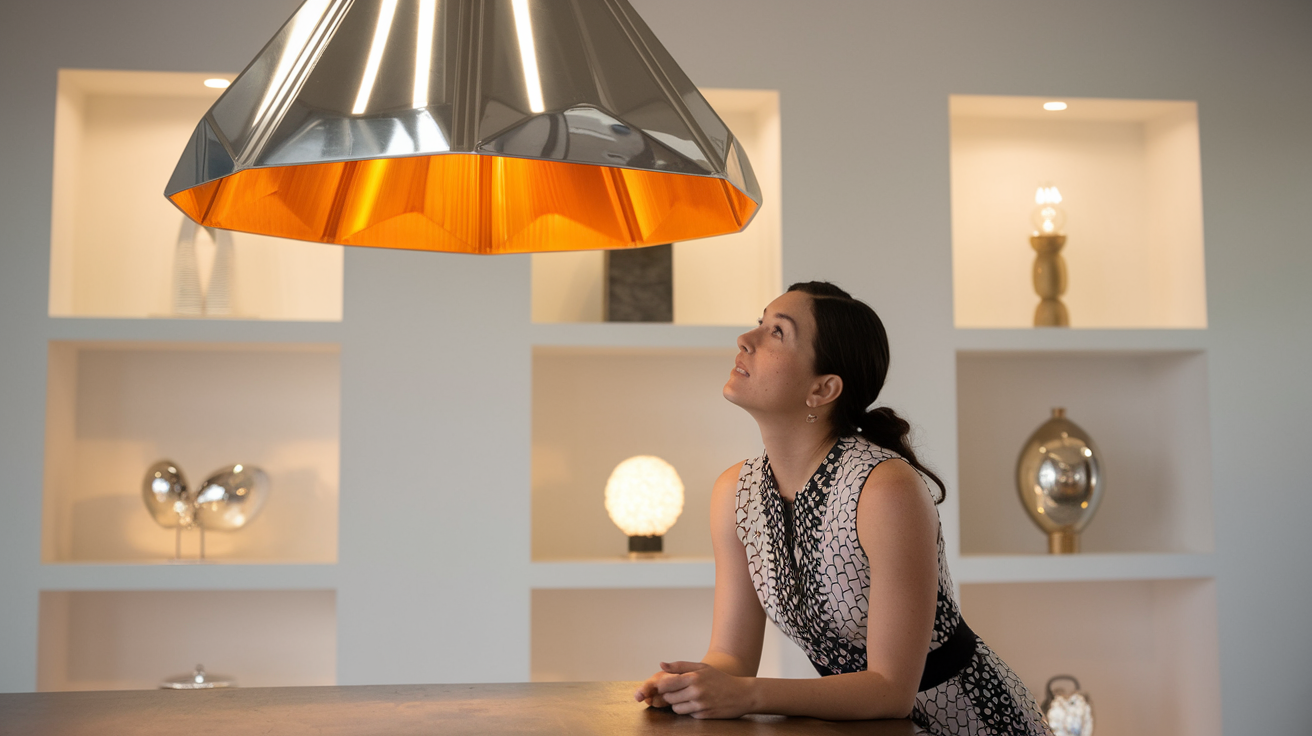5 Disruptive Ideas with 3D Printing for Interior Design: Designing Without Limits
Wednesday, 24 de September de 2025

Some ideas are born on paper, while others need volume, texture, and presence to make sense. In the world of contract interior design—where every project seeks to stand out and every space tells a story—3D printing emerges as a tool that doesn’t just materialize shapes: it materializes emotions.
These five ideas are not just a list of possibilities but a starting point for designing without restrictions—imagining spaces where every detail is conceived as a statement of identity. From functional objects to decorative elements with soul, additive manufacturing redefines the what, the how, and the why of interior design.
1. Signage That Becomes Art
Walking into a space and knowing where to go shouldn’t feel like a task but part of the experience itself. With 3D printing, signage turns into a sculptural piece that both guides and excites. Dimensional letters with tactile reliefs, suspended pictograms glowing as if floating, or directories that look as if carved in stone… anything is possible.
Each element is designed with intention, tailored to the environment, the visual language of the project, and the brand’s personality. A sign doesn’t just indicate—it leaves a mark.
2. Logos That Speak the Language of the Space
A logo is not just an image—it’s a visual promise. When 3D printed, it gains volume, texture, and character. It can stand out boldly or integrate with subtlety, but it always communicates. From backlit pieces at reception to more organic versions in communal areas, every form can be designed to make an impact.
We work with technical, mineral, or recycled materials depending on the message you want to convey. When brand identity becomes part of the space, it transforms into an experience.
3. Wall Fixtures and Reliefs That Tell Stories
A wall can be much more than a blank canvas. With 3D printing, it becomes narrative territory. Lightweight appliqués, geometric patterns, textures inspired by natural surroundings or local architecture… each relief adds visual depth without overwhelming, and every curve layers meaning into the story of the place.
These elements bring rhythm, structure, and emotion—even to minimalist surfaces. They are pieces that don’t need to be in the spotlight to be memorable.

4. Functional Objects with Unique Character
In interior design, functional details also communicate. A menu holder, a card stand, a doorstop, a dispenser, or a desk organizer can become subtle brand gestures. With 3D printing, every everyday object transforms into a singular piece that reinforces the tone of the space.
And the best part: it’s produced on demand, adapted to each measurement, and easily renewed for campaigns, seasons, or redesigns.

5. Decorative Elements That Activate the Space
Decoration is no longer an accessory—it’s part of the storytelling system of interior design. Abstract figures, thematic sculptures, floating pieces, or modular 3D-printed compositions can become focal points that turn a neutral corner into an unforgettable visual experience.
Whether in a shop window, a hotel lobby, or a restaurant, these elements activate the space, break visual monotony, and capture attention.

5. Decorative Elements That Activate the Space
Decoration is no longer an accessory—it’s part of the storytelling system of interior design. Abstract figures, thematic sculptures, floating pieces, or modular 3D-printed compositions can become focal points that turn a neutral corner into an unforgettable visual experience.
Whether in a shop window, a hotel lobby, or a restaurant, these elements activate the space, break visual monotony, and capture attention.